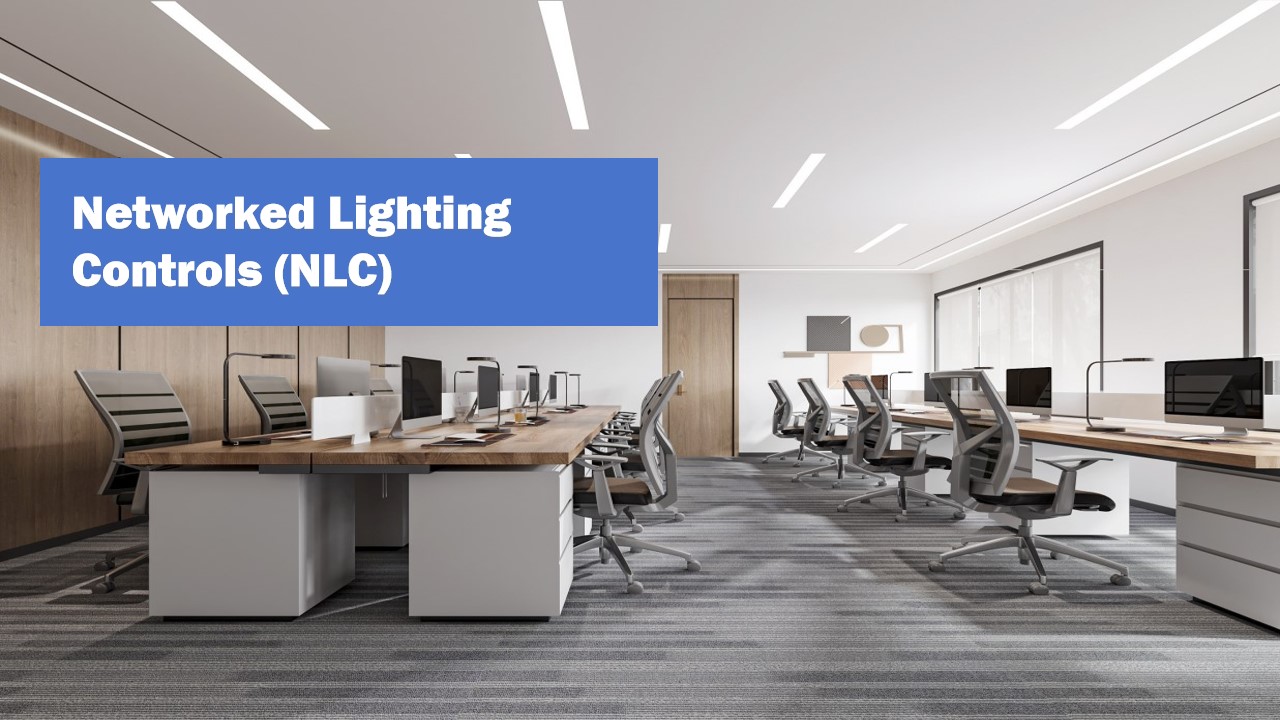Time:2024-06-27 Views:1

What is Networked Lighting Controls (NLC)?
Networked Lighting Controls (NLC) refer to systems that utilize digital communication and control technologies to manage lighting in a building or facility. These systems offer a more sophisticated and efficient way to control lighting compared to traditional manual or standalone automated controls. Here are the key aspects of Networked Lighting Controls:
Centralized Control: NLC systems allow for centralized control of all lighting fixtures within a building or across multiple buildings. This centralized control can be managed through software interfaces that are accessible via computers, tablets, or smartphones.
Communication Networks: The lighting fixtures and control devices are interconnected through wired or wireless communication networks. Common communication protocols used include Zigbee, Bluetooth, DALI (Digital Addressable Lighting Interface), and others.
Advanced Sensing and Automation: NLC systems often integrate various sensors, such as occupancy sensors, daylight sensors, and motion detectors, to automate lighting based on real-time data. This ensures that lights are used only when needed, thereby enhancing energy efficiency.
Scalability and Flexibility: These systems are highly scalable and can be easily expanded or reconfigured to accommodate changes in building layout or usage patterns. They offer flexibility in creating lighting zones and scenes tailored to specific needs.
Energy Efficiency and Cost Savings: By optimizing lighting usage through automation and centralized control, NLC systems can significantly reduce energy consumption and lower operating costs. They enable strategies such as dimming, scheduling, and demand response.
Data and Analytics: Many NLC systems provide detailed data and analytics on lighting usage, energy consumption, and system performance. This information can be used for monitoring, maintenance, and further optimization of lighting systems.
User-friendly Interfaces: These systems often feature intuitive user interfaces that allow facility managers and users to easily adjust lighting settings, monitor system status, and access reports.
Overall, Networked Lighting Controls represent a significant advancement in lighting technology, offering enhanced control, improved energy efficiency, and greater convenience for building operators and occupants.
